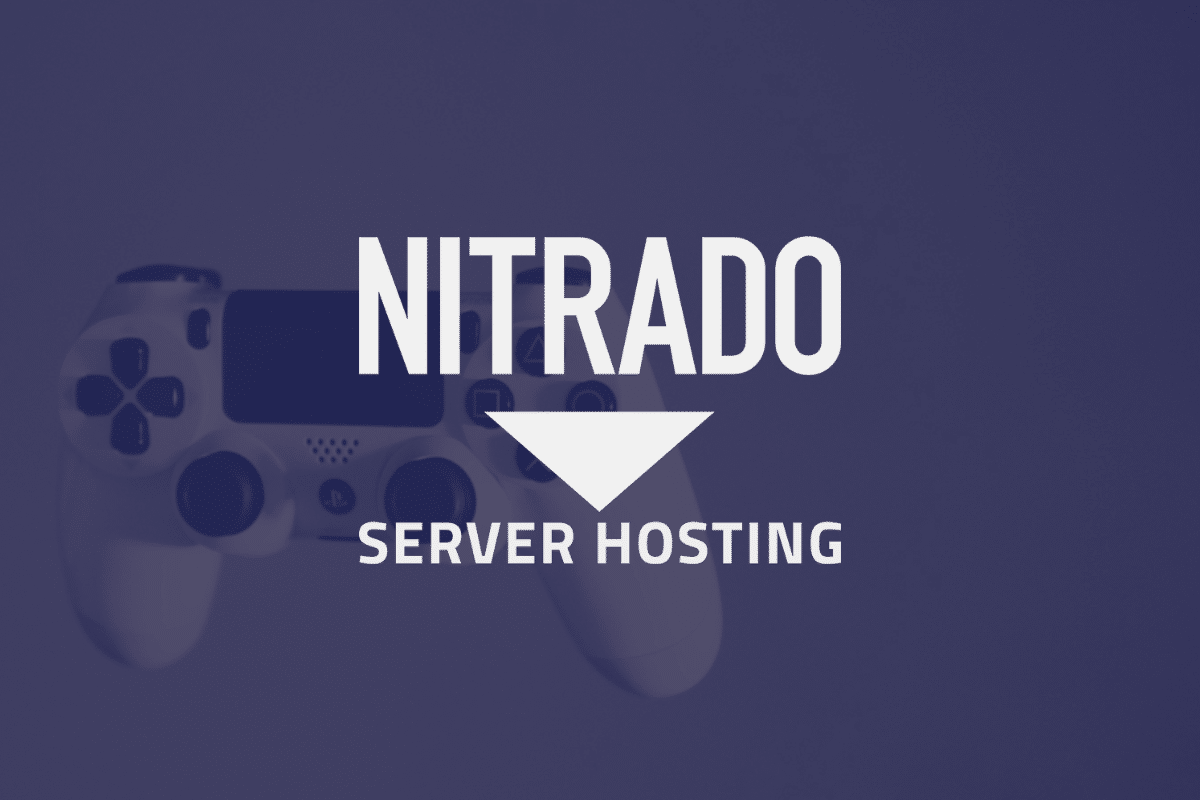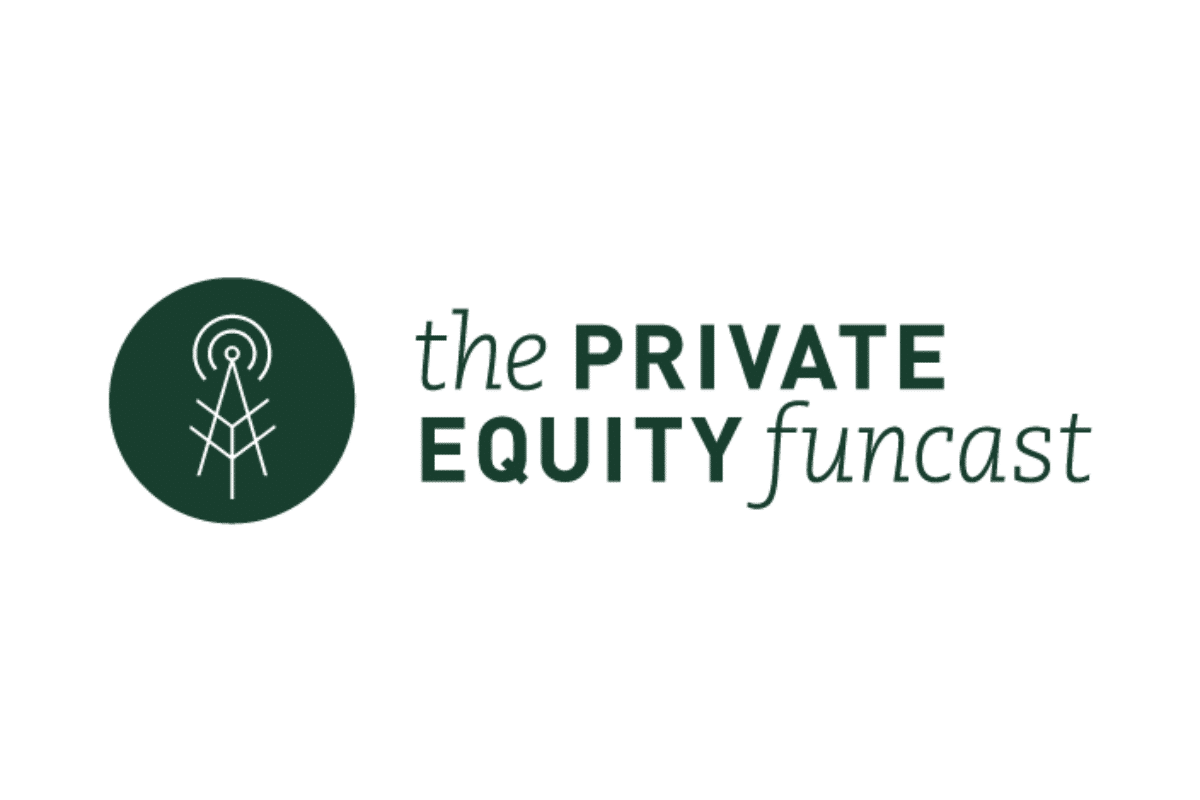Should we publish content, and if so, where? Sooner or later, every company faces this question. The importance of content marketing has been steadily increasing for years. Unlike advertising banners, pop-ups, or sponsored content, users still pay attention to high-quality, relevant information in content marketing.
As diverse as the companies that use content marketing are their goals and the formats they use.
Typical content creation goals:
- Strengthen brand
- Build email list
- Acquire talent
- Become a Thought Leader
- Generate leads
- Stand out from the competition
Typical content formats:
- SEO Article
- Expert interviews
- Statistics & Studies
- Webinars
- E-books
- Podcasts
- Video
Achieving content success with the right strategy
In recent years, I had the opportunity to work with various companies. I’ve seen so many different content strategies and corporate blogs, ranging from half-hearted and eventually abandoned blogs to top-performing, value-creating, innovative content platforms.
I have repeatedly witnessed that corporate blogs deliver significant entrepreneurial value. For example, a few years ago, I helped a small company create articles for highly competitive keywords, allowing them to maintain the top position in Google search results over the long term and thereby taking some of the leads away from established companies. In another project, I was involved in link-building: several companies had published interesting statistical analyses, gaining mentions, backlinks, and ultimately traffic from major online magazines such as Bild.de, Focus.de, and Spiegel.de, which were important for their brands.
However, I have also come across many blogs that were dutifully implemented but then used only as busywork projects for interns. Without clear goals and a strategy, these blogs naturally failed to yield any significant results.
Choose the right content platform
Content marketing can be a significant marketing lever for any company. One aspect crucial for the success of a company blog, but often not adequately considered, is choosing the right content platform. What technical foundation should you choose for publishing your content? What platform options are available for companies?
In my experience, the following three variants have been discussed most frequently by companies:
- The classic blog
- Medium.com as external blog
- The online magazine
1. the classic blog
It is the original and probably best known form of blogging, which was coined by the first bloggers in the 90s.
This form is suitable today only if you publish content irregularly that is primarily related to your own company, such as press releases, company news, or product-specific updates. Generating external traffic with this format is now hardly possible.
Structure: All articles are listed in chronological order by publication date. Some articles can be filtered using tags, but in general, you will always find the newest articles at the top. To find older articles, you usually have to click through a navigation at the bottom of the page to access the older ones.
Examples of the classic blog:
Advantages:
- Suitable for news formats that are only relevant for a short time, such as company news, press releases or product updates.
- Easily accessible to users of the company website.
- Tracking is possible, because own analytics tools can be connected.
Disadvantages:
- User experience is not optimal, as access to older articles is difficult and thus potential articles of interest to the target group are not directly visible.
- No search engine visibility because the internal linking of the pages is very poor. Therefore, it’s challenging to organically drive external traffic to the website.
- Sorting by date quickly makes the blog look outdated if nothing has been published for more than a week or two.
- Linking to blog articles hardly adds authority to the website due to poor internal linking.
2. medium as external blog
Medium.com can be suitable as a platform for companies that primarily want to position themselves as thought leaders in their niche or strengthen their employer brand through social media. This is because companies need to invest fewer resources in building and maintaining a blog.
Structure: As a company, you create a profile on the platform and publish your own articles under that profile. The target audience typically discovers the content when it is shared on social media.
Examples of companies using Medium.com:
In the past, some companies used Medium.com for their content. However, all of these companies have since migrated their content to their corporate websites. Today, the platform is primarily used for personal branding by individuals such as journalists, freelancers, and entrepreneurs.
Advantages:
- Few resources and no budget needed for blog building.
- Content can be published directly without preparation.
- Because of the strong domain, articles have a chance to rank for highly competitive keywords in organic search results.
- Medium promotes well-performing content on its own site, which can attract additional attention from the target audience.
- Performant content can generate traffic for a long time, as it ranks in the organic search results and may be promoted on Medium.
- Medium favors the virality of articles.
Disadvantages:
- No traffic is directed to the company website.
- Tracking of article retrievals is only possible to a limited extent and via a tool of the Medium.com platform.
- The authority of your own website is not strengthened by backlinks and positive user signals.
- Dependence on the popularity of the Medium.com platform.
- Should Medium.com begin to place advertisements on their platform, it may not be possible to decide with which advertisements their own articles will be combined.
- No visual brand identity possible, as no own design can be implemented on the platform.
- It’s suitable only for articles. Other formats like video, podcasts, downloadable content, or similar are more challenging to integrate and typically require workarounds.
- Users on the company’s own website have to leave it to get to the blog.
- The structure is similar to that of a classic blog, which makes sorting by categories difficult.
- Sorting by date quickly makes the blog look outdated if nothing has been published for more than a week or two.
3. online magazine
When companies have multiple objectives for their blog, such as publishing product and company news, improving brand awareness through social media articles, ranking well in organic search engines, and driving conversion-focused traffic to their website, the most suitable blog format is typically a magazine-style blog. This format allows for a variety of content types, including text, videos, podcasts, and hosted webinars, making it more versatile to meet diverse content marketing goals.
Structure: The homepage is designed like a website with custom navigation options. New topics and popular topics are displayed on the homepage. Other articles can be easily found through categories.
Examples of companies with an online magazine:
Advantages:
- Suitable for any type of content – articles, news, video, podcast, downloadables etc.
- Good user experience, because articles are clearly sorted by categories.
- The magazine design and internal links between articles encourage users to browse and stay longer.
- Strong branding effect throughout the content.
- Good organic rankings in search engines possible if internal linking is used.
- Since content is not displayed sorted by date, more effort can be put into creating a content piece that will then serve as a strong traffic source in the long run.
- Through target group-specific content, the magazine can be used as a broad entry platform into a conversion funnel.
- Within the magazine, a conversion funnel can be implemented through targeted internal linking – with content for every phase of the customer journey.
- CTAs for forwarding to the next step in the customer journey are easy to implement.
- Since all content is published on your own website, good tracking can be set up.
- Links from other websites pay into the authority of the company’s site, which leads to even better organic rankings in the long run.
Disadvantages:
- Depending on the strategy, resources are required for the technical setup as well as design resources.
- To implement a performance marketing strategy, you need internal expertise or the know-how of marketing experts.
Conclusion: Online magazines are the better blogs
High-quality content and regular maintenance alone are not sufficient to achieve success with a corporate blog today. Companies derive the greatest business value from a blog when they create it as an online magazine. Articles have a longer-lasting impact, they can significantly improve visibility in Google search results as well as strengthen the company’s brand on social media. Publishing articles on Medium may be technically easier and can be an option for companies that only want to sporadically distribute content.
As part of a content marketing strategy, the initial effort is worthwhile to integrate an online magazine into the company’s website. It can be developed into the centerpiece of further content activities and establish itself as an important pillar for traffic, leads, and conversions for the company.











